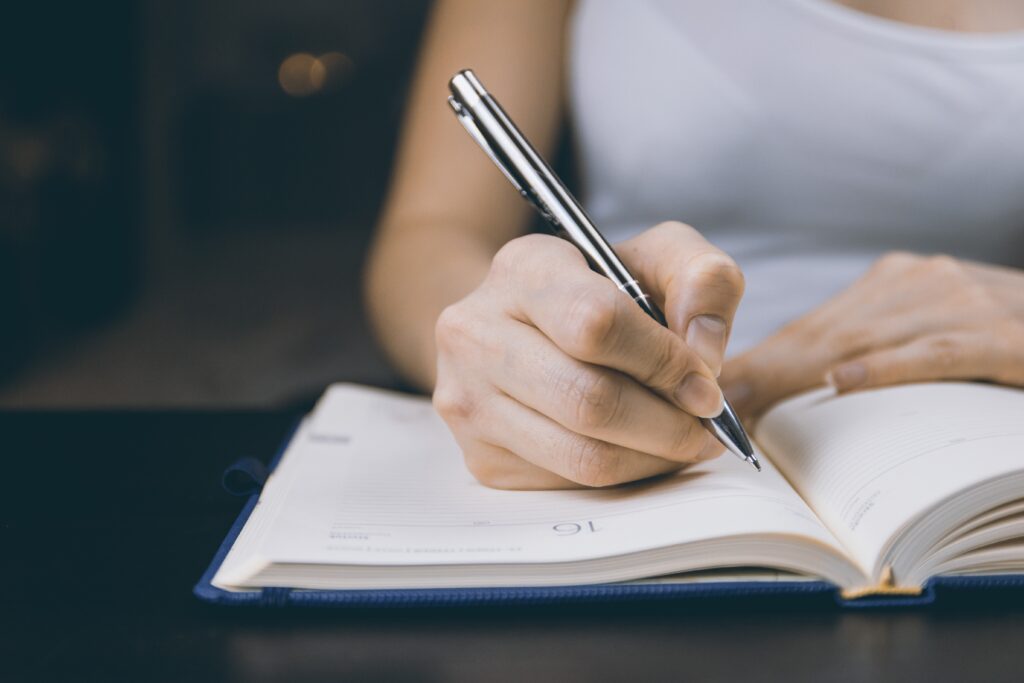Let me guess — you’re struggling to find additional practice questions for Year 12 English Standard Module A: Language, Identity, and Culture.
We’ve got your back with 20 practice essay questions for the module Language, Identity, and Culture.
What are you waiting for? Let’s dive in!
20 Practice Questions for HSC English Standard Module A: Language, Identity and Culture
Question 1
‘What we know of the world is captured in the way we talk about it.’
In your answer, refer to your prescribed text.
Question 2
Has your study of texts focusing on cultural voice affirmed or refuted common stereotypes?
How is this idea explored in your prescribed text?
Question 3
How have the texts you have studied explored how groups have adapted to change?
How is this idea explored in your prescribed text?
Question 4
How do texts use voice and other cultural signifiers to explore differences between groups of people?
Respond with reference to your prescribed text.
Question 5
‘To understand language is to understand human connection.’
How is this idea explored in your prescribed text?
Question 6
How has your study of texts that explore cultural voices enhanced your understanding of individual identity?
Respond with reference to your prescribed text.
Question 7
Within the texts you have studied, what have you learned about the connection between cultural groups and space?
Respond with reference to your prescribed text.
Question 8
‘Only through close attention to the way its people speak can one understand a culture.’
How has this idea been reflected in the texts you have studied?
Respond with reference to your prescribed text.
Question 9
How do texts explore the way that cultural identities can change in time?
Respond with reference to your prescribed text.
Question 10
‘The moments when a culture is the most vibrant is when it is being threatened.’ To what extent to you agree?
Respond with reference to your prescribed text.
Question 11
How have the texts you have studied used voice in order to explore the complexities of cultural identity?
Respond with reference to your prescribed text.
Question 12
In what ways have the texts you have studied explore the role of culture in an individual’s sense of self?
Respond with reference to your prescribed text.
Question 13
How has conflict been used in the texts you have studied to explore the distinct features of social groups?
Respond with reference to your prescribed text.
Question 14
In what ways has your study of cultural voices enhanced your perspective of the social groups your texts have depicted?
Respond with reference to your prescribed text.
Question 15
‘In what ways has your study of cultural voices enhanced your perspective on the ways relationships within groups change over time?’
Respond with reference to your prescribed text.
Question 16
‘One of the key conceptions of quality texts is their ability to challenge popular perspectives on particular social groups.’ To what extent do you agree?
In your response, refer to your prescribed text.
Question 17
‘One of the key conceptions of quality texts is their ability to challenge popular perspectives on particular social groups.’ To what extent do you agree?
In your response, refer to your prescribed text.
Question 18
How have the texts you have studied demonstrated how composers can play with audience’s expectations and assumptions for effect?
In your response, refer to your prescribed text.
Question 19
In what ways have the composers of the texts you have studied experimented with voice in order to create meaning?
In your response, refer to your prescribed text.
Question 20
How have the texts you have studied explored the tension between personal identity and cultural identity?
In your response, refer to your prescribed text.
On the hunt for other English standard resources?
Check out some of our other articles, guides and practice questions below:
- Guide to HSC English Standard Module B: Close Study of Literature
- How to Analyse Pygmalion for HSC Standard English
- How to Analyse Henry Lawson’s ‘The Union Buries its Dead’ for Module A Standard English
- The Master List of HSC English Past Papers: Advanced, Standard and Extension 1
Looking for extra help with Year 12 English Standard Module A: Language, Identity, and Culture?
We have an incredible team of HSC tutors and mentors!
We can help you master your English texts and ace your upcoming HSC English assessments with personalised lessons conducted one-on-one in your home or at one of our state of the art campuses in Hornsby or the Hills!
We’ve supported over 8,000 students over the last 11 years, and on average our students score mark improvements of over 20%!
To find out more and get started with an inspirational HSC tutor and mentor, get in touch today or give us a ring on 1300 267 888!
Cameron Croese completed his HSC in 2013, earning first place in his cohort in Advanced English, Extension English 1, and Extension English 2. Privately tutoring throughout his university career as an English and Education student, he enjoys helping his students at Art of Smart understand, write well on, and enjoy their texts, as well as assisting with other aspects of school life. He is a contributing editor to his student magazine, in which he has had reviews, feature articles, and short stories published.



